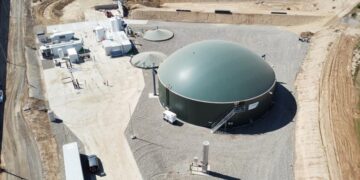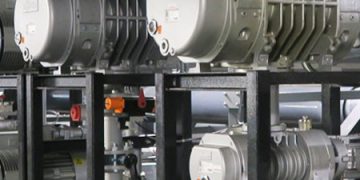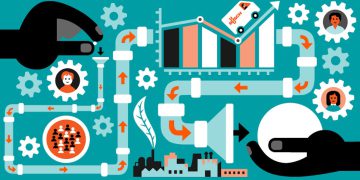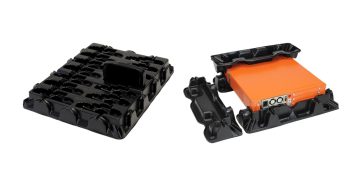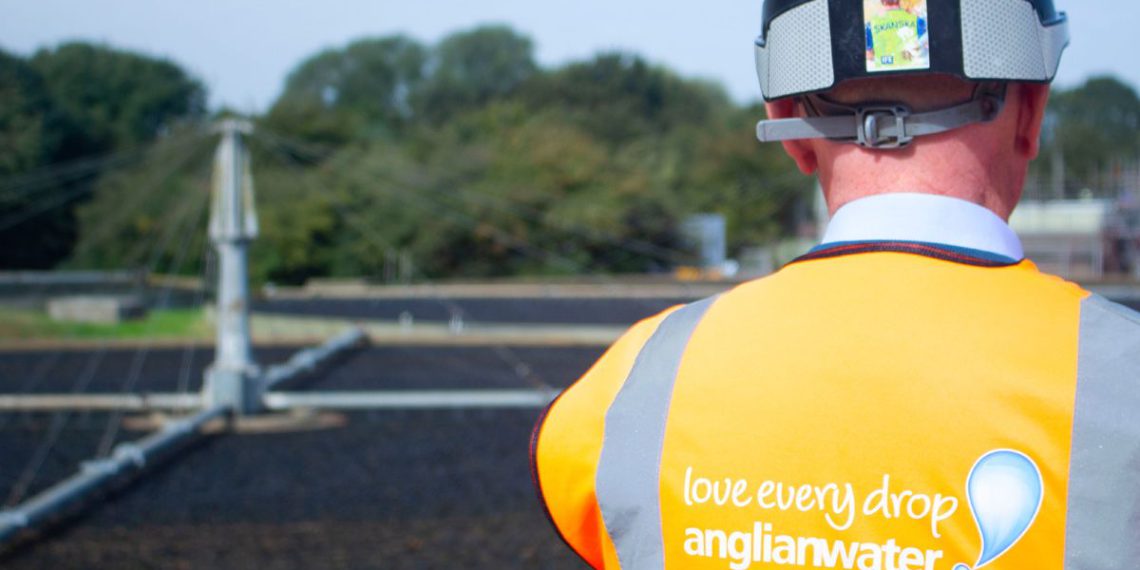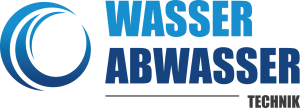Transformation of Anglian Water’s treatment and recycling processes is being made possible by trials of artificial intelligence (AI) driven software developed by Norwegian technology company InfoTiles.
The digital analytics company is collaborating with the UK utility on a 12-month pilot project focusing on biofilters and anaerobic digestion.
Both biological processes and assets are integral to the treatment of wastewater and a key aim of the collaboration is to enhance operational visibility and decision-making around asset management.
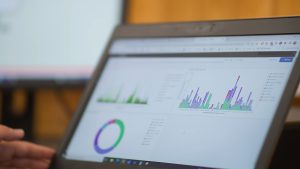 The initial trial of the InfoTiles software will monitor the rotating arms of biofilters at 15 sites to assess whether they are rotating when needed. It will also involve measuring sludge blanket levels in primary settlement tanks at a further 15 sites, to ensure they stay within optimal ranges for effective operation.
The initial trial of the InfoTiles software will monitor the rotating arms of biofilters at 15 sites to assess whether they are rotating when needed. It will also involve measuring sludge blanket levels in primary settlement tanks at a further 15 sites, to ensure they stay within optimal ranges for effective operation.
The data, collected from a mix of new and existing sensors through Anglian Water’s existing supervisory control & data acquisition control (SCADA) systems, will be combined with flow rates and publicly available weather data to build a rich contextual overview of what is happening at the water recycling plants in real-time.
What is more, InfoTiles can also combine Anglian’s existing SCADA systems into one event streaming platform that can aggregate, compare, and visualise reliability of the equipment. This same platform also allows Anglian Water to trial different sensor technology and easily compare the reliability and accuracy of the different sensors undergoing testing.
InfoTiles’ strength is in the ability to visualise and model process data through machine learning to show the likelihood of critical failures in wastewater treatment, such as potential stoppages and breakdowns.
This will give Anglian Water, one of the UK’s largest water utilities, the ability to anticipate, detect and resolve potential problems. By continually assessing the health and effectiveness of assets, maintenance teams can be deployed much more efficiently.
The two companies were brought together through WaterStart, a US-based membership platform which seeks to remove common barriers to the adoption of innovative technologies, and connects utilities and municipalities with solution providers globally.
“We are so proud to be involved in this pilot programme, which will transform the way we manage our water recycling sites,” said Adam Jessop, optimisation technologist at Anglian Water. “Collaborating with international companies through WaterStart has helped the team to work at pace to find solutions and ways to improve the service provided.”
The overall aim of the collaboration is to enhance operational visibility, create more informed decision-making, and understand where and how to prioritise maintenance of the water company’s assets.
Adam Wood, chief product officer at InfoTiles said, “Our Nordic customers use InfoTiles to guide their maintenance decisions with real-time data. Our team is enthusiastic to collaborate with the technicians and analysts at Anglian Water to tailor the InfoTiles platform to enable better, data-driven, maintenance at this major UK utility.”
Nathan Allen, executive director at WaterStart, said, “InfoTiles have proven the technology works in the Nordics, and WaterStart is thrilled to support the company’s expansion into the UK market. Effective data management is a global challenge for water utilities and it is exciting to see the outcomes of the pilot as the technology is expected to be broadly scalable among our global membership base.”
